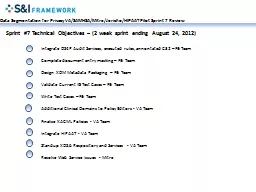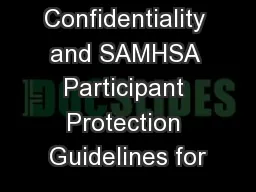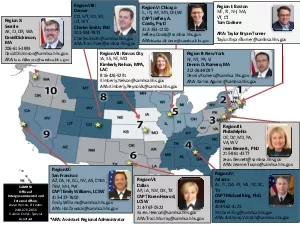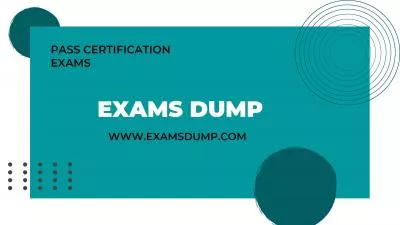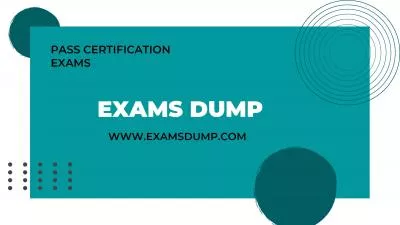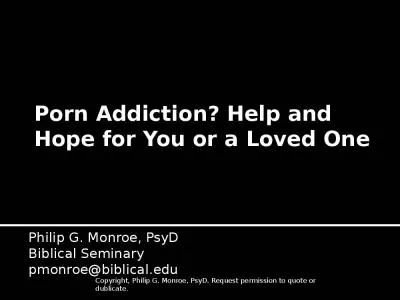PPT-Jeff Coady, PsyD SAMHSA Region V Administrator
Author : myesha-ticknor | Published Date : 2018-09-20
Rx Drug Abuse Prevention Strategies Building the Infrastructure to Stem the Flow of Rx Drugs amp Preventing Addiction Indiana 5th Annual Prescription Drug Abuse
Presentation Embed Code
Download Presentation
Download Presentation The PPT/PDF document "Jeff Coady, PsyD SAMHSA Region V Adminis..." is the property of its rightful owner. Permission is granted to download and print the materials on this website for personal, non-commercial use only, and to display it on your personal computer provided you do not modify the materials and that you retain all copyright notices contained in the materials. By downloading content from our website, you accept the terms of this agreement.
Jeff Coady, PsyD SAMHSA Region V Administrator: Transcript
Download Rules Of Document
"Jeff Coady, PsyD SAMHSA Region V Administrator"The content belongs to its owner. You may download and print it for personal use, without modification, and keep all copyright notices. By downloading, you agree to these terms.
Related Documents


